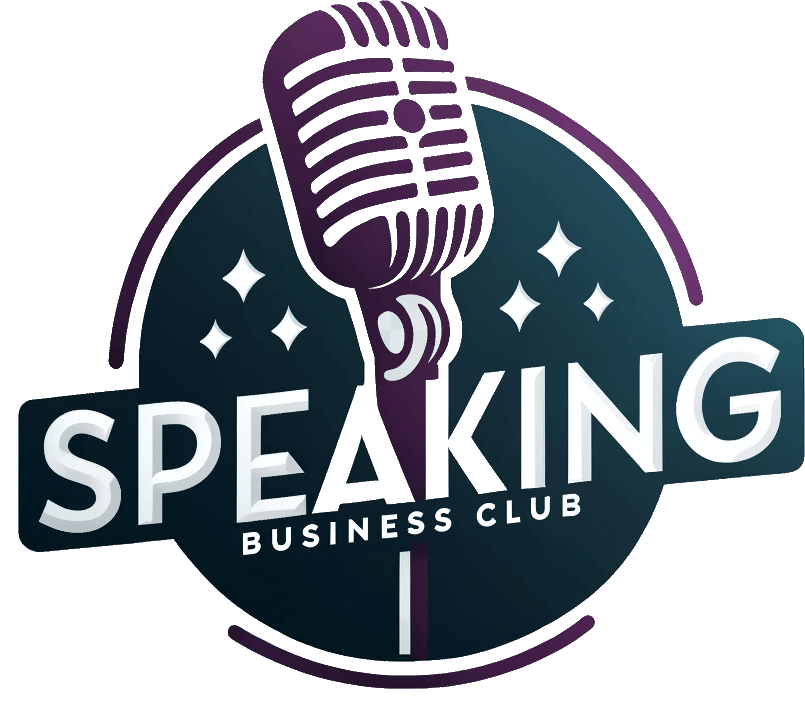By Mary Tucker | Senior Communications and Content Manager | IAEE
In today’s fast-changing economic and business landscape, staying informed about industry trends is crucial for exhibitions and events professionals. The IAEE webinar from the Center for Exhibition Industry Research (CEIR) on 14 May, Where Is the B2B Exhibition Industry Now? What is the Outlook? How to Plan When the Business Environment Keeps Changing!, promises to deliver valuable insights that can help industry leaders navigate these uncertain times.
The webinar features economic expert Adam Sacks, President of Tourism Economics, sharing key findings from this year’s CEIR Index, including outcomes for 2024 and forecasts through 2027. CEIR Vice President of Research Nancy Drapeau, IPC will complement this data with a sampling of results on performance metrics from the upcoming release from the Organizer Benchmarking Study.
To give you a taste of what to expect, we sat down with Adam and Nancy to discuss some of the pressing questions facing the exhibition industry today.
The business environment seems to be changing at an unprecedented pace. Can you provide a preview of the most significant economic factors currently impacting the B2B exhibition industry that you will be discussing?
Adam: Tariffs loom large for the exhibition industry. They threaten the global economy through various channels, including higher prices, supply chain disruption, falling confidence, and rampant uncertainty. I’ll share our current view on the range of outcomes facing the U.S. economy and how this is likely to affect the exhibition industry.
Looking at the forecast through 2027, which industry sectors show the most promising growth potential, and which ones might face challenges in the coming years?
Adam: The information technology (IT) sector is projected to grow significantly in the coming years, which should lead to stronger IT-related exhibitions. This growth is driven by ongoing investment in research and development and the increasing use of artificial intelligence, which is consistently increasing productivity.
In contrast, the manufacturing sector is facing uncertainty. This is largely due to potential issues with tariffs and risks related to international relations. Specifically, tariffs and the possibility of counter-tariffs from other countries could have a negative effect on manufacturing.
How are inflationary pressures and potential recession concerns specifically impacting exhibitor participation rates and attendee spending behavior across different industry sectors?
Adam: Exhibitor participation decreased in the first quarter of 2025, while attendee numbers are recovering slowly and inconsistently. Uncertainty caused by trade tensions and the implementation of tariffs may be reducing businesses’ willingness to participate in trade shows. Furthermore, the overall economic situation, including a weakening economy and reduced consumer confidence, is also a factor. Companies might be reluctant to allocate resources to trade shows in this environment.
For exhibition professionals trying to make informed decisions in this changing landscape, what is your advice on how insights from the CEIR Index and the Organizer Benchmarking Study can be used?
Nancy: The CEIR Index provides benchmarks for four critical metrics: attendance, exhibiting companies, NSF of paid space, and organizer gross revenues. It offers context on how macroeconomic factors, including the overall economy and sector-specific factors, have impacted and are likely to impact performance at the sector level.
The Organizer Benchmarking Study goes further by providing benchmarks on how organizer gross revenues break down by revenue source (exhibit sales, sponsorships, attendee fees, etc.). For a deeper dive into performance metrics related to exhibiting companies and NSF of paid space, it captures information on which metrics are used to track performance and the results among those using these metrics. It does the same for attendee size, detailing specific performance metrics such as registration show-up rate and attendee retention metrics, among others. Additionally, it provides a snapshot of an event team’s staffing levels by job function.
The Index and Organizer Benchmarking Study metrics complement each other. Their purpose is to support organizer strategic planning, helping organizers and event management firms frame strategic discussions, address areas needing attention, and leverage event advantages.
How does the new interactive dashboard format enhance the way users can analyze and utilize the CEIR Index data?
Nancy: This year’s release of the CEIR Index is a game changer because it is interactive. Users no longer need to comb through over 100 pages of content. Instead, they can skip to the tab with the content of interest and drill down to specific results. Depending on the access level purchased, users can scan data going back to 2000 with the Index Pro+, which provides content on the overall industry and all 14 industry sectors. The Pro version offers the same access but only goes back to 2010. The Index Sector+ version does the same for one sector of choice. Organizers have a unique opportunity to gain access to the dashboard content for one sector at no cost. If I were an organizer, I’d jump on this opportunity.
Here are just a few examples of how the CEIR Index benefits users:
Typical Organizer Need: If I am in charge of strategic planning for an event, I can quickly jump into the dashboard, select the charts that align with my story, and kick off strategic planning. This helps address challenges and leverage strengths in the sector related to benchmarks for attendance, exhibiting companies, NSF of paid space, and revenues. I might also look at trends by event size to pull in those insights. All charts and pages are downloadable as PNG images, PDFs, or PowerPoint slides. If I don’t like the presentation of the data or want to create my own chart, I can go to the data table and pull down the data to integrate into my chart.
Consultant/Business Development Department Needs: Many companies use the Index to access data for market size estimates, which are critical for business plans and due diligence analysis when assessing prospective acquisitions or other business investments. Business development departments at organizations that run or manage events use the data for these purposes as well as for new launch opportunities. There is nowhere else to get such comprehensive analysis of market size estimates, including a three-year forecast horizon. Downloading this data is easy, just a click of a button.
The interactivity of this format gives users access to hundreds of tables at the click of a button. The Pro+ version offers even more access. We are excited about this powerful leap for the Index and look forward to users gaining an advantage by using this tool to support their business information needs and decisions.
In what other ways can exhibition professionals prepare for an unpredictable business environment and help contribute the best data possible to work with?
Nancy: Stay vigilant. Pay attention to Adam’s insights on 14 May. Keep an eye out for updates from CEIR and join us for each CEIR Quarterly webinar. The Index Quarterly Reports will become increasingly important due to rapidly changing business conditions that may affect the industry.
If you are an organizer, please participate in the Index Quarterly Survey and answer the new question about the impact of macroeconomic factors on your event. This data is crucial for the Index model to track these impacts and can also support advocacy efforts where needed.
Click here to register for Where Is the B2B Exhibition Industry Now? What is the Outlook? How to Plan When the Business Environment Keeps Changing! and learn more about upcoming topics for IAEE’s webinars here.
The post Decoding Exhibition Trends: Industry Experts Reveal What’s Next for B2B Events appeared first on IAEE.



